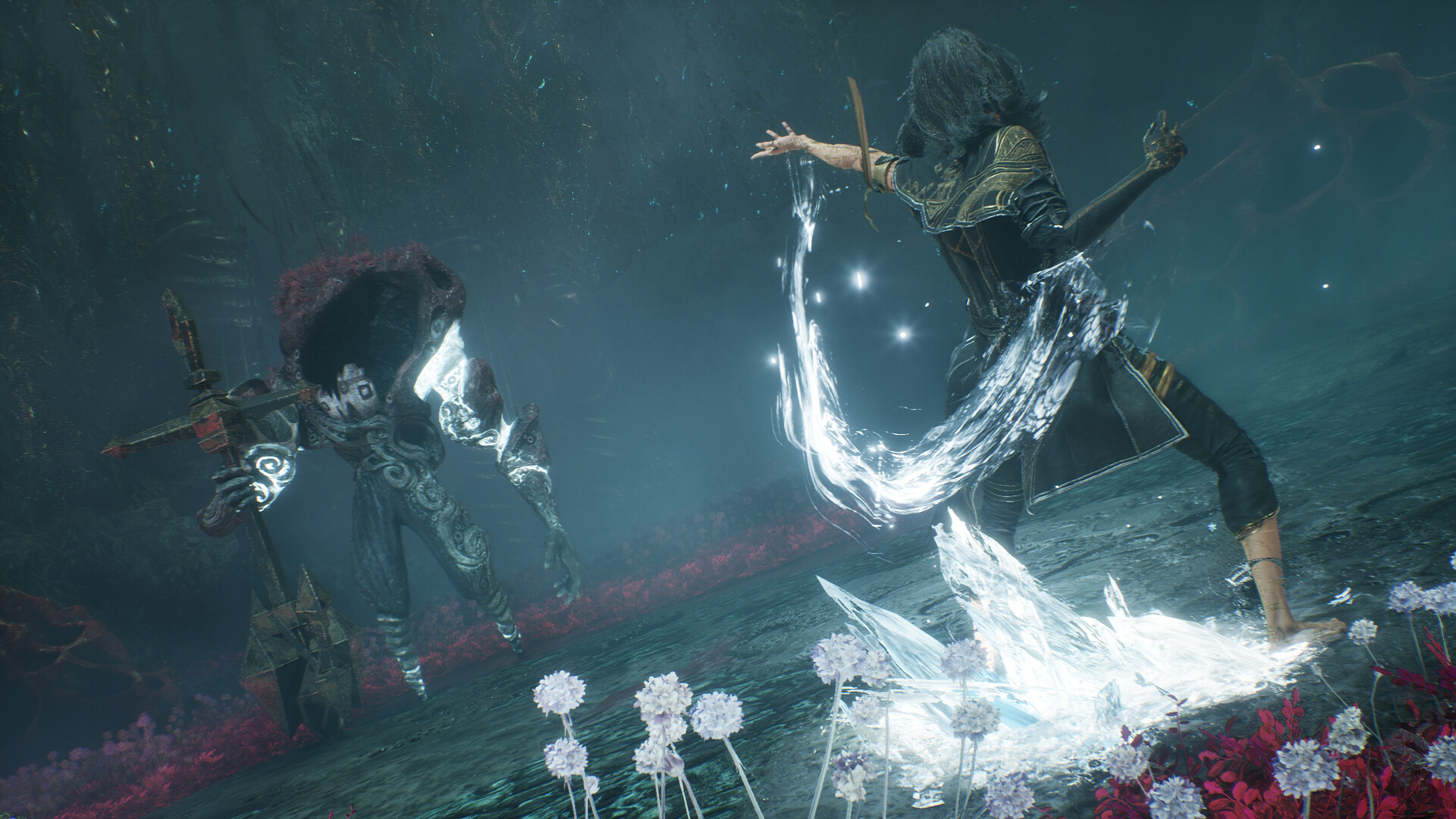In an era where blockbuster video games often come with sky-high budgets, Clair Obscur: Expedition 33 has emerged as a beacon of creativity and efficiency. Publisher Kepler Interactive recently disclosed that the budget for this visually striking RPG is smaller than that of Mirror’s Edge, a title released 17 years ago. This revelation has stunned both gamers and industry analysts, proving that compelling, innovative games don’t always require massive financial backing.

A Budget Smaller Than 17-Year-Old Mirror’s Edge
During a recent interview, Kepler Interactive’s Portfolio Director Matt Handrahan stated that the development budget of Clair Obscur: Expedition 33 is lower than those of older AA titles, specifically naming Mirror’s Edge (2008) and Vanquish (2010). While unofficial estimates had previously suggested a significantly larger figure, Handrahan clarified that the actual cost was much more modest.
“If you asked 10 people to guess the budget,” Handrahan said, “none of them would get close.”
This comment underscores just how surprising the development cost is, especially when you consider the game’s AAA-quality visuals and complex narrative structure.
How Did Clair Obscur Achieve AAA Presentation on an AA Budget?
1. Smart Resource Allocation
One key factor behind the game’s success lies in smart resource management. Rather than investing in oversized teams or expensive proprietary technology, the developers prioritized tight gameplay mechanics, striking visual design, and efficient storytelling.
2. Smaller Team, Greater Focus
Smaller teams often allow for more agile decision-making and tighter creative control. In the case of Expedition 33, a focused group of developers allowed for quicker iteration cycles, reduced overhead, and more attention to detail.
3. Leveraging Unreal Engine and Existing Tools
Using industry-standard tools like Unreal Engine has become a cost-effective solution for many AA studios. These engines allow smaller studios to compete visually with the best in the business while avoiding the cost of building engines from scratch.
A Wake-Up Call for the Gaming Industry
Reevaluating the AA Game Landscape
Handrahan’s comments highlight a broader industry shift. Over the past decade, the cost of developing even mid-tier (AA) games has escalated significantly, often blurring the lines between AA and AAA production levels. The success of Clair Obscur: Expedition 33 demonstrates that studios can still achieve critical acclaim and commercial potential without ballooning budgets.
Creative Risk-Taking Without Financial Burden
What makes this revelation even more noteworthy is the originality of Clair Obscur. Unlike many big-budget titles that rely on sequels or reboots, this game dares to present a fresh IP with an artistic direction that feels more at home in the indie scene than among typical commercial blockbusters.
Clair Obscur vs. Mirror’s Edge and Vanquish: A Comparative Look
| Feature | Clair Obscur: Expedition 33 | Mirror’s Edge (2008) | Vanquish (2010) |
|---|---|---|---|
| Estimated Budget | Lower than Mirror’s Edge | ~$30 million | ~$25 million |
| Visual Style | Artistic, painterly fantasy | Minimalist futuristic | High-octane sci-fi |
| Gameplay | Tactical RPG elements | First-person parkour | Third-person shooter |
| Team Size | Small, focused team | Large EA DICE team | Sega and PlatinumGames |
Why Clair Obscur: Expedition 33 Matters
The game has quickly become a symbol of hope for indie and AA developers, showing that ambitious storytelling, bold art direction, and smart design can rival – and even surpass – what’s achieved with larger budgets.
What This Means for Future Game Development
-
More studios may adopt leaner models of development.
-
Innovation will thrive when not stifled by high-cost risk aversion.
-
Gamers benefit from a broader variety of original content.




